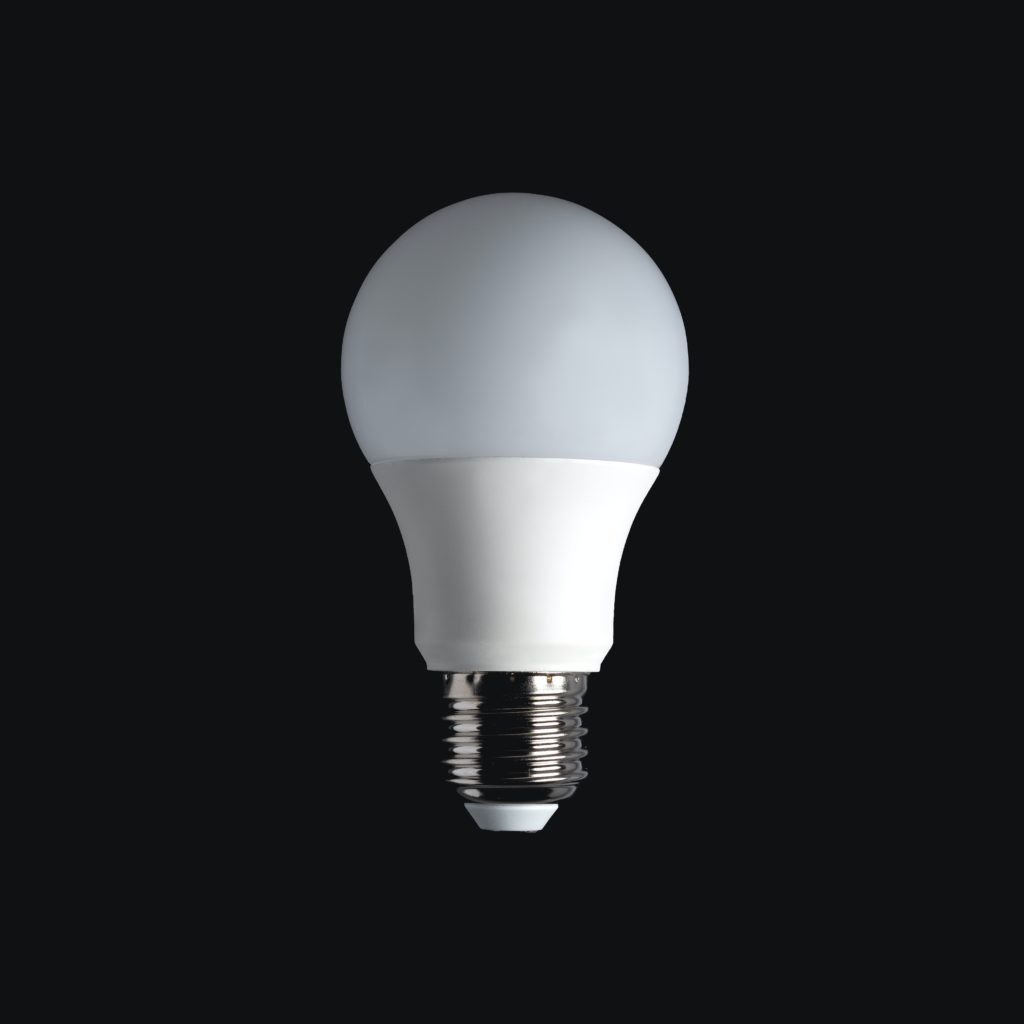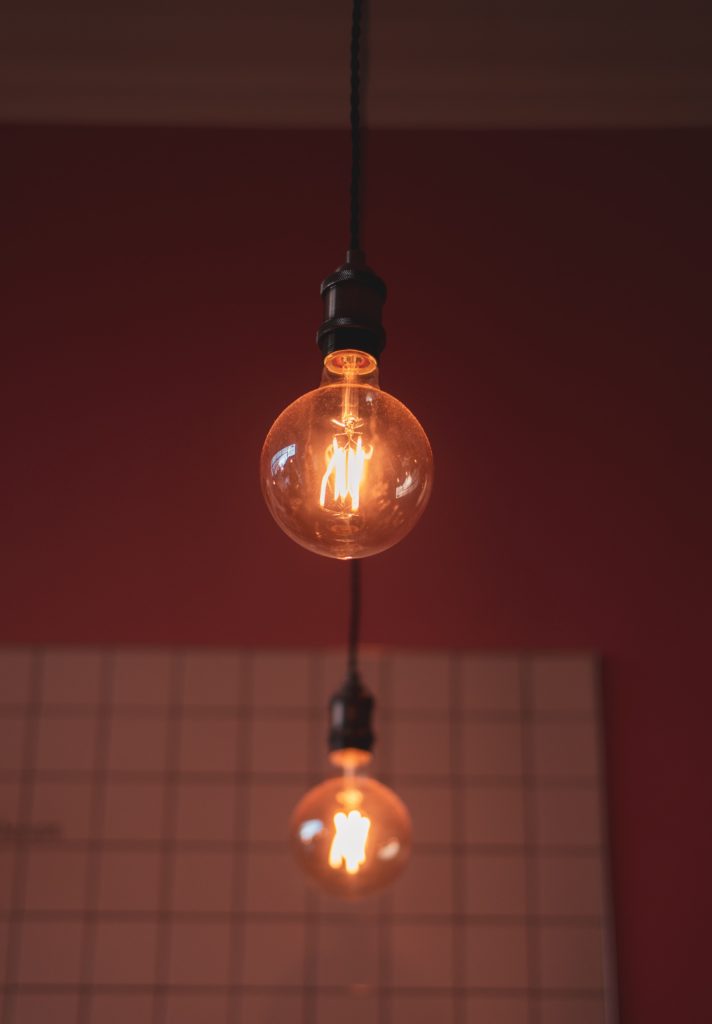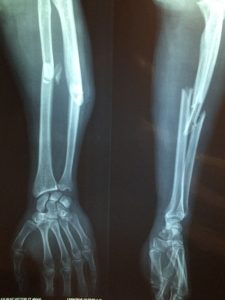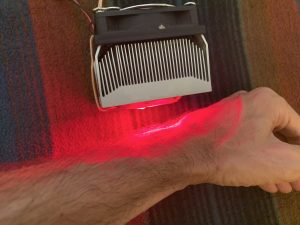The Dangers of Too Much Blue Light

Light emitting diodes (LEDs) are the latest form of energy efficient lighting rapidly replacing incandescent and fluorescent light bulbs in many applications. The benefits of LEDs should not be understated. They provide a major reduction in power usage. The old incandescent light bulbs that get quite hot to the touch produce 12 lumens per watt. Lumens is a measurement of brightness and watts is the amount of power used. LED bulbs on average produce around 85 lumens per watt, over seven times more efficient than standard bulbs. Compact fluorescent bulbs achieve about 60 lumens per watt (Pawlak 2017). LED bulbs even outperform compact fluorescents.
When you add up the power savings, replacing standard bulbs with LED technology could have quite a large impact on power usage. And while I am a big fan of LED technology, it does have a downside. LEDs utilized for making white light produce a different “quality” of light, or color profile, than incandescent bulbs.
Warm Versus Cool Light
Older incandescent bulbs produced a soft, warm light. In color terms, they had more yellow and orange in their spectrum and less blue light. Sunlight is cooler and contains considerably more blue light than incandescent light bulbs. The technological breakthrough that allowed the creation of white LEDs is rooted in blue LEDs.
LEDs at their core contain a semiconducting material that releases a single color of light when electricity passes through it. In order to make white LEDs, blue LEDs have a phosphorescent compound added. This phosphor emits broad spectrum yellow light that when combined with blue appears white. However, this approach means most simple white LED light sources contain a lot of blue light making them cool in appearance.
Potential Dangers of Blue Light
While most people recognize the dangers of sunburn from too much ultraviolet light, there’s less general recognition of dangers from blue light. Light is an electromagnetic wave. Electromagnetic waves can be described in simple terms based on their frequency and intensity. As frequencies of electromagnetic waves get higher, they contain more energy.
For visible light, red has the least amount of energy, with blue/purple having the most. Ultraviolet is an even higher frequency of light which further increases the energy. As you continue increasing frequency and energy you eventually get to highly energetic electromagnetic waves like X-rays.
Blue light contains enough energy that over long-term exposure it can cause tissue damage. Blue light is absorbed by flavin molecules in the skin that produce free radicals. If too many free radicals are produced, it can result in damage to DNA, cells and tissues including causing photoaging effects to the skin (Coats 2020). In practical terms, this can also affect eye function with blue light potentially causing retinal damage after long-term exposure (Marie 2020).
Blue Light and Melatonin

The other risk from blue light is suppression of melatonin production. Melatonin is the “sleep hormone” released primarily in response to darkness at night. While melatonin appears to induce sleepiness, it also appears to have numerous health benefits, including potential effects for treating or preventing:
- Alzherimer’s disease
- Irritable bowel syndrome
- Migraines
- Tinnitus
- Diabetes
- Cancer
- Heart Disease
- Fibromyalgia
I’ve previously discussed the potential health benefits of melatonin here and here.
Evidence is starting to show that light exposure at night may have negative health consequences by suppressing production of melatonin. Blue light appears to have the strongest effects in decreasing melatonin. As such, the use of cool white LED bulbs that contain more blue light, especially at night, may suppress melatonin enough to have negative health consequences (Touitou 2020).
The main concerns from suppression of melatonin with increasing exposure to blue light at night appears to be increased cancer risk and endocrine disruption, especially in women. Melatonin appears to help moderate the effects of estrogen. Increased exposure to blue light at night decreases melatonin with increased estrogenic activity raising the risks for breast cancer (Kubatka 2018). Buying bulbs that have a warmer color spectrum with reduced blue light is a simple way to try and decrease the problem.
Conclusion
LED lighting provides a potential breakthrough in energy savings for numerous lighting applications. However, the technology increases certain health risks if not implemented properly. I strongly recommend using warm LED lighting that contains less blue light, especially for night use, to try and prevent health risks from too much blue light exposure.



